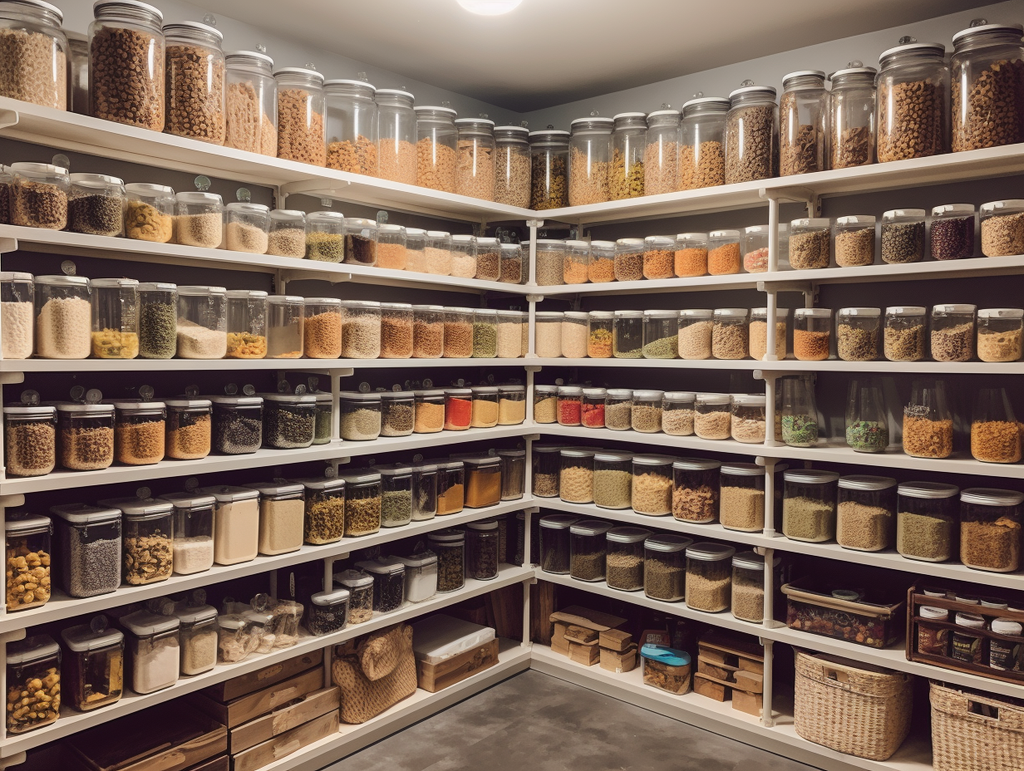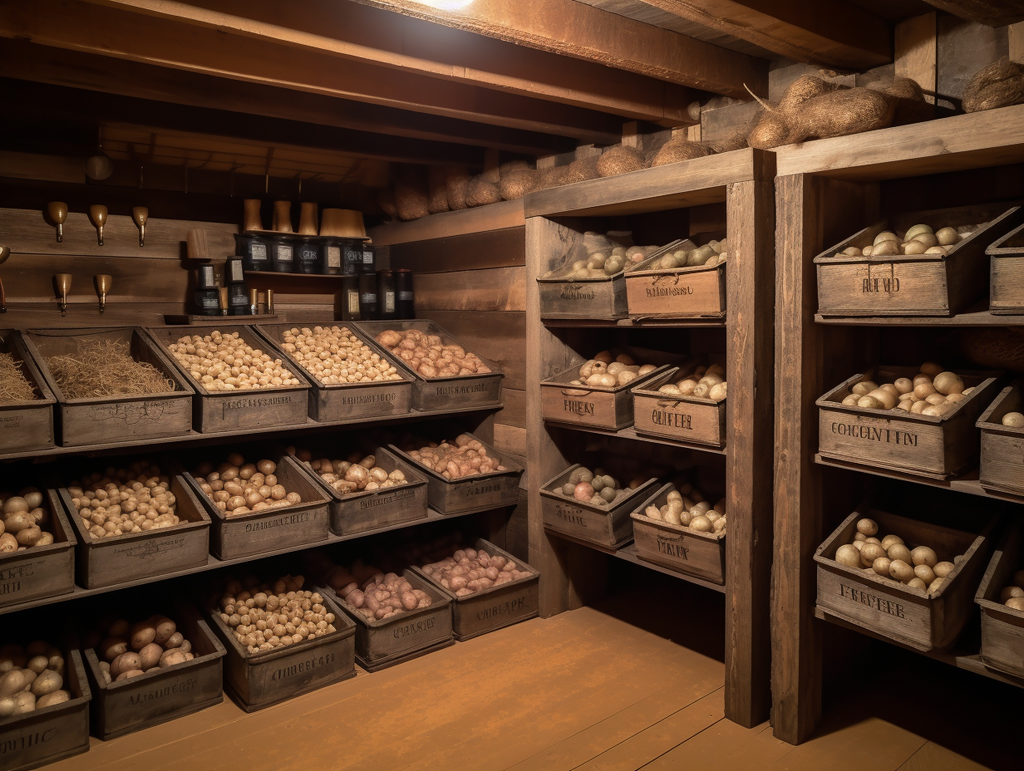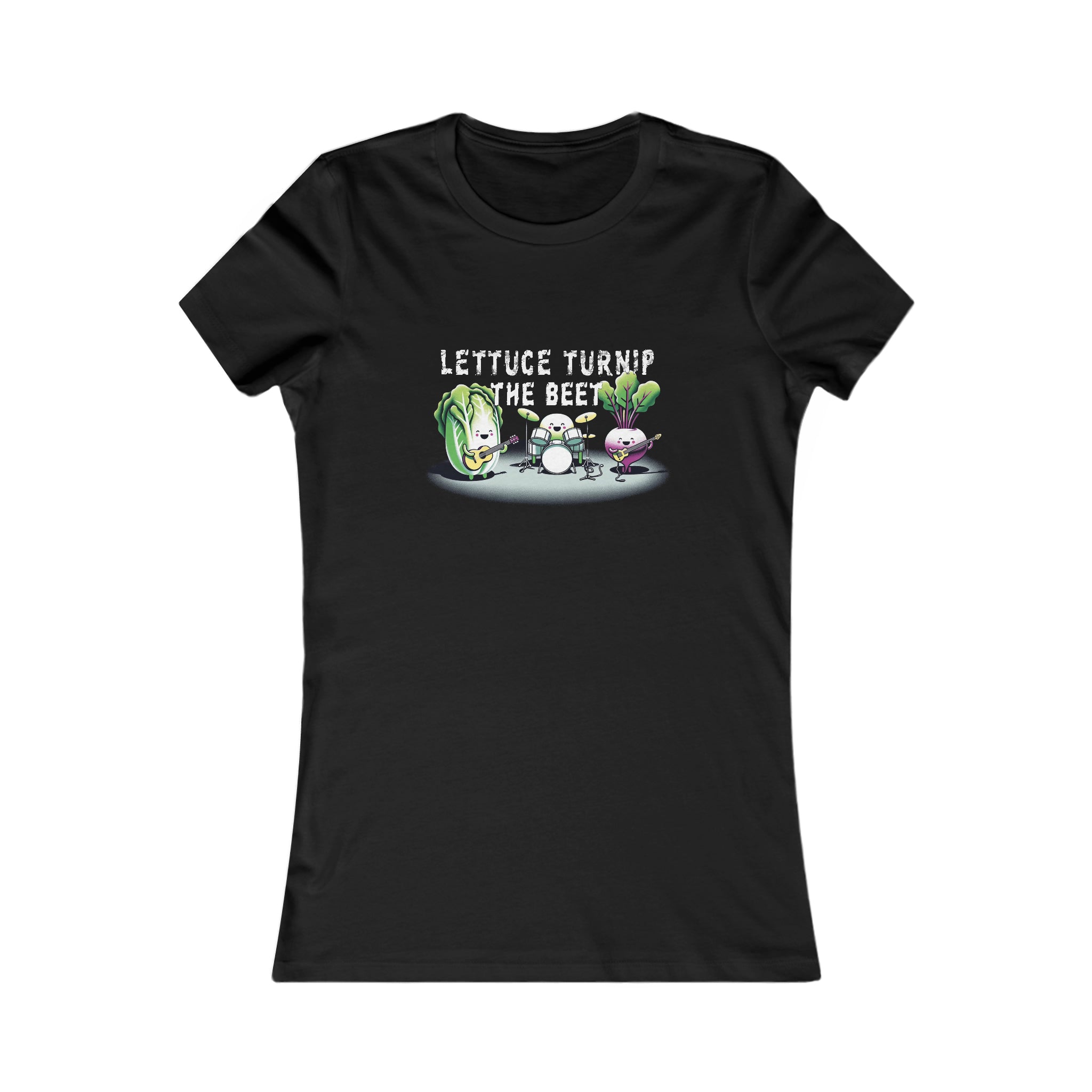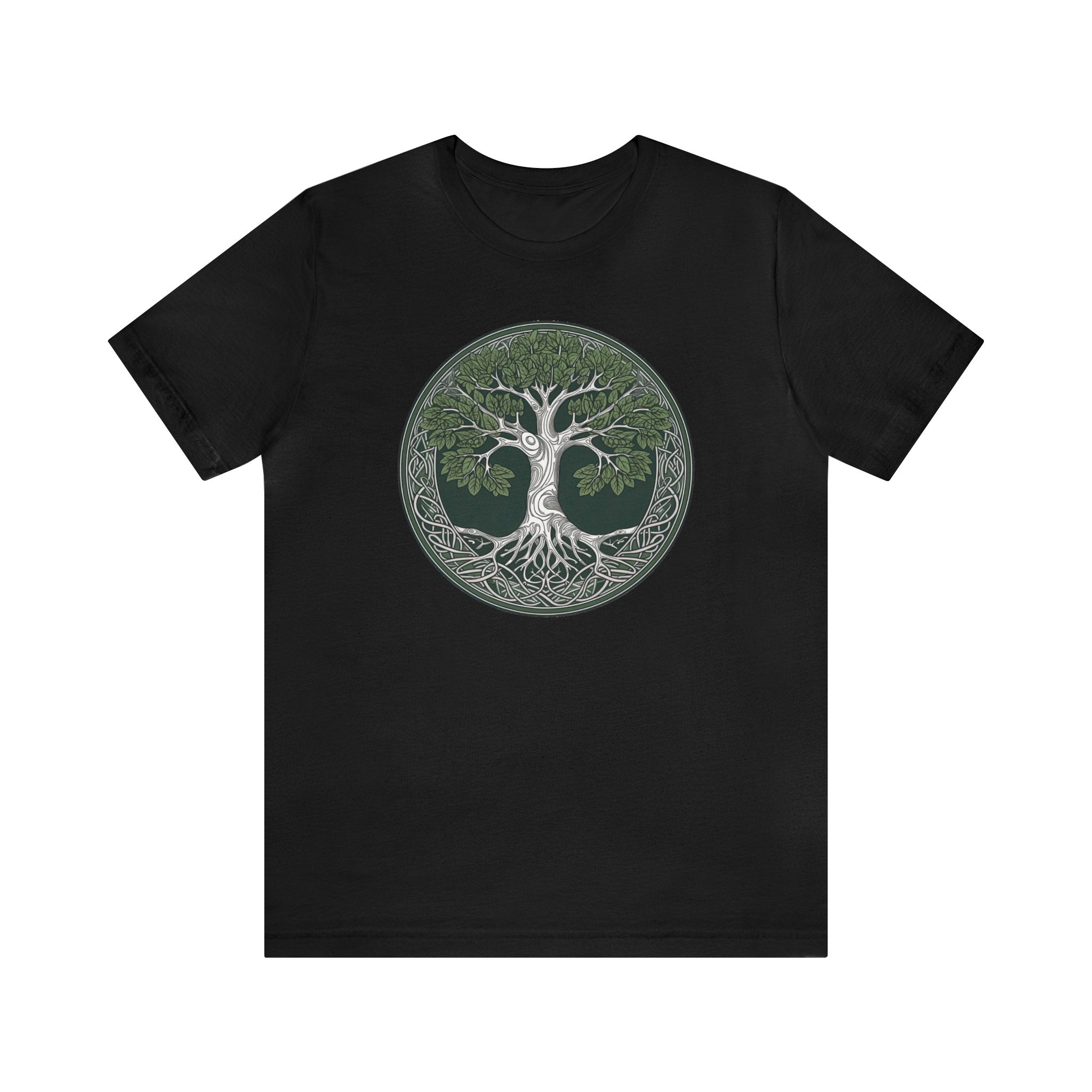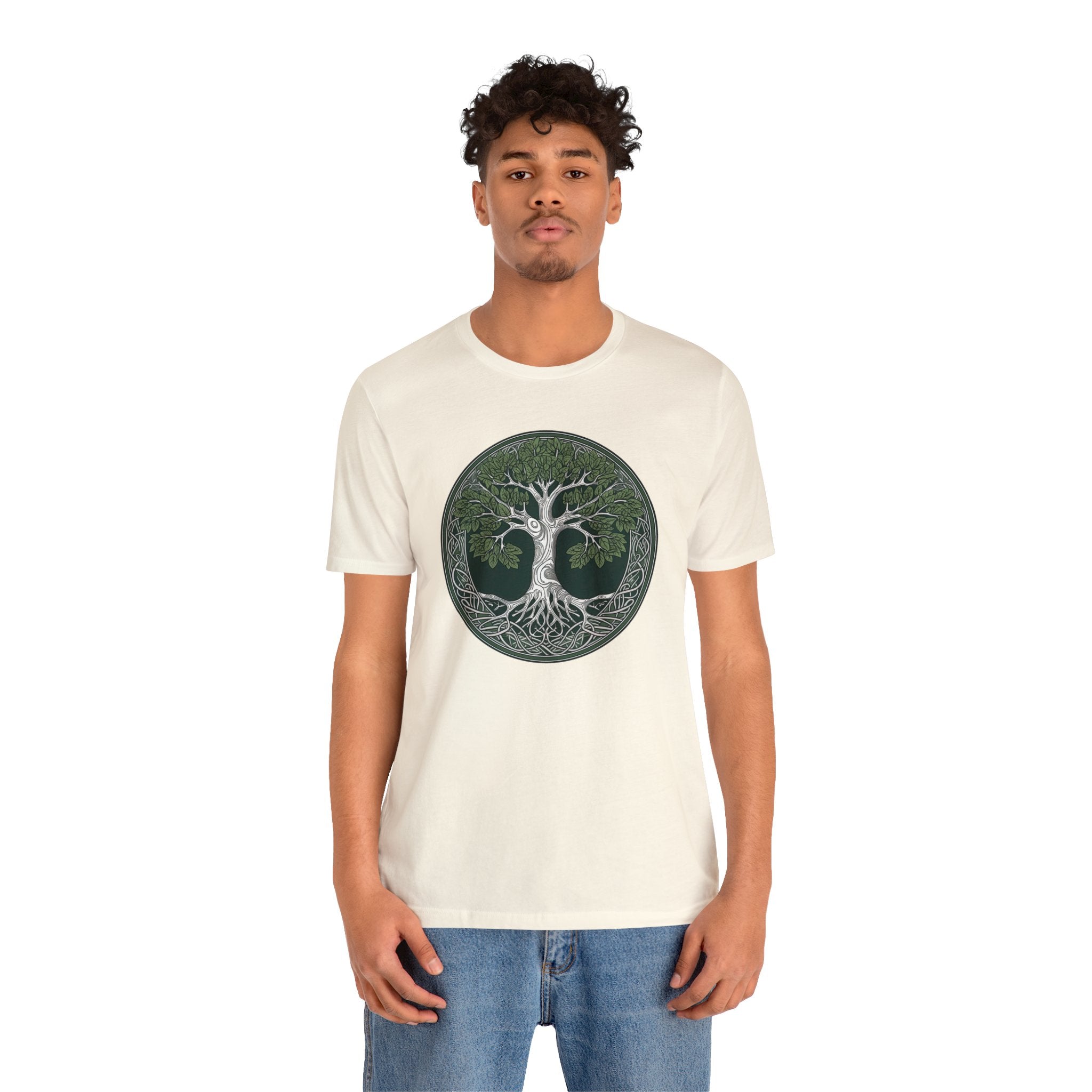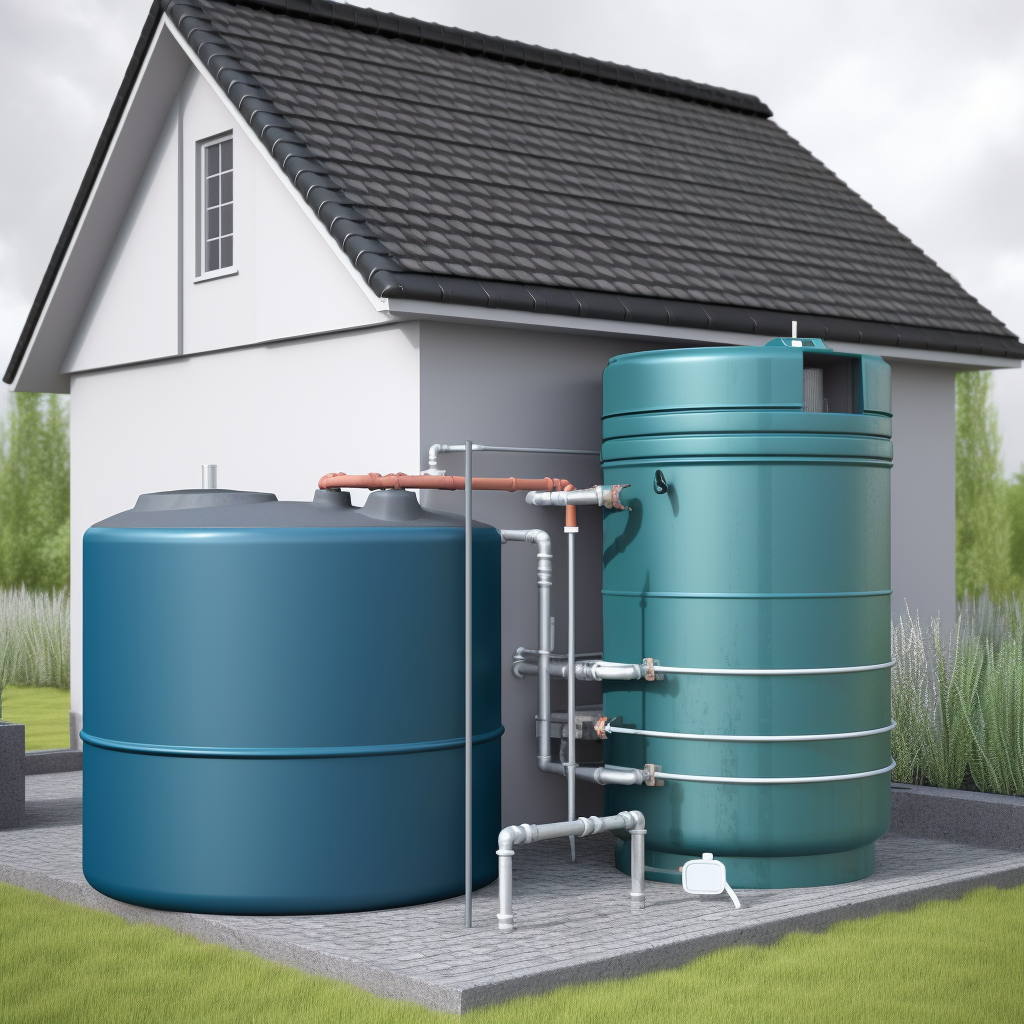
A Beginner's Guide to Rainwater Harvesting: Collection, Storage, and Usage

Rainwater harvesting is an effective and environmentally friendly way to collect, store, and use rainwater for various purposes, such as irrigation, household use, and even drinking water. This sustainable practice can help you reduce your dependence on external water sources, conserve water, and save money on water bills. In this beginner's guide, we'll explore the basics of rainwater harvesting, including collection methods, storage options, and usage tips.
- Collection Methods
There are several ways to collect rainwater, with the most common method being rooftop collection. Here's how it works:
-
Gutters and downspouts: Install gutters and downspouts on your roof to direct rainwater towards your storage system.
-
First-flush diverter: This device diverts the initial flow of rainwater, which may contain debris or contaminants, away from your storage tank.
-
Leaf screens or guards: Install screens or guards to prevent leaves, twigs, and other debris from entering your storage tank.
- Storage Options
The collected rainwater can be stored in various types of tanks or barrels:
-
Above-ground tanks: These are easy to install and maintain, and they come in various sizes and materials, such as plastic, metal, or fiberglass.
-
Below-ground tanks: These tanks are installed underground and can store larger volumes of water, but they require more extensive excavation work.
-
Rain barrels: These are smaller, affordable storage options that can be easily connected to your downspouts.
- Filtration and Purification
Depending on how you plan to use the collected rainwater, you may need to invest in filtration and purification systems:
-
Sediment filters: These filters remove particles and debris from the rainwater before it enters your storage tank.
-
Activated carbon filters: These filters remove organic contaminants and improve the taste and odor of the water.
-
Ultraviolet (UV) disinfection: UV light can be used to disinfect rainwater and kill harmful microorganisms.
- Usage Tips
Rainwater can be used for a variety of purposes:
-
Irrigation: Use the collected rainwater for watering your garden, lawn, or potted plants.
-
Toilet flushing: Connect your rainwater storage system to your toilet for an eco-friendly and cost-effective solution.
-
Laundry: Use rainwater for washing clothes, especially if you have installed filtration systems to ensure water quality.
-
Drinking and cooking: If you have a proper purification system in place, you can use rainwater for drinking and cooking purposes.
Conclusion
Rainwater harvesting is a sustainable and cost-effective way to conserve water and reduce your reliance on external water sources. By implementing a collection system, choosing the right storage options, and investing in filtration and purification technologies, you can make the most of this valuable resource. Embrace the benefits of rainwater harvesting and contribute to a more sustainable future.
Keywords: rainwater harvesting, collection, storage, usage, sustainable living, water conservation, rooftop collection, gutters, downspouts, first-flush diverter, leaf screens, above-ground tanks, below-ground tanks, rain barrels, sediment filters, activated carbon filters, ultraviolet disinfection, irrigation, toilet flushing, laundry, drinking water


